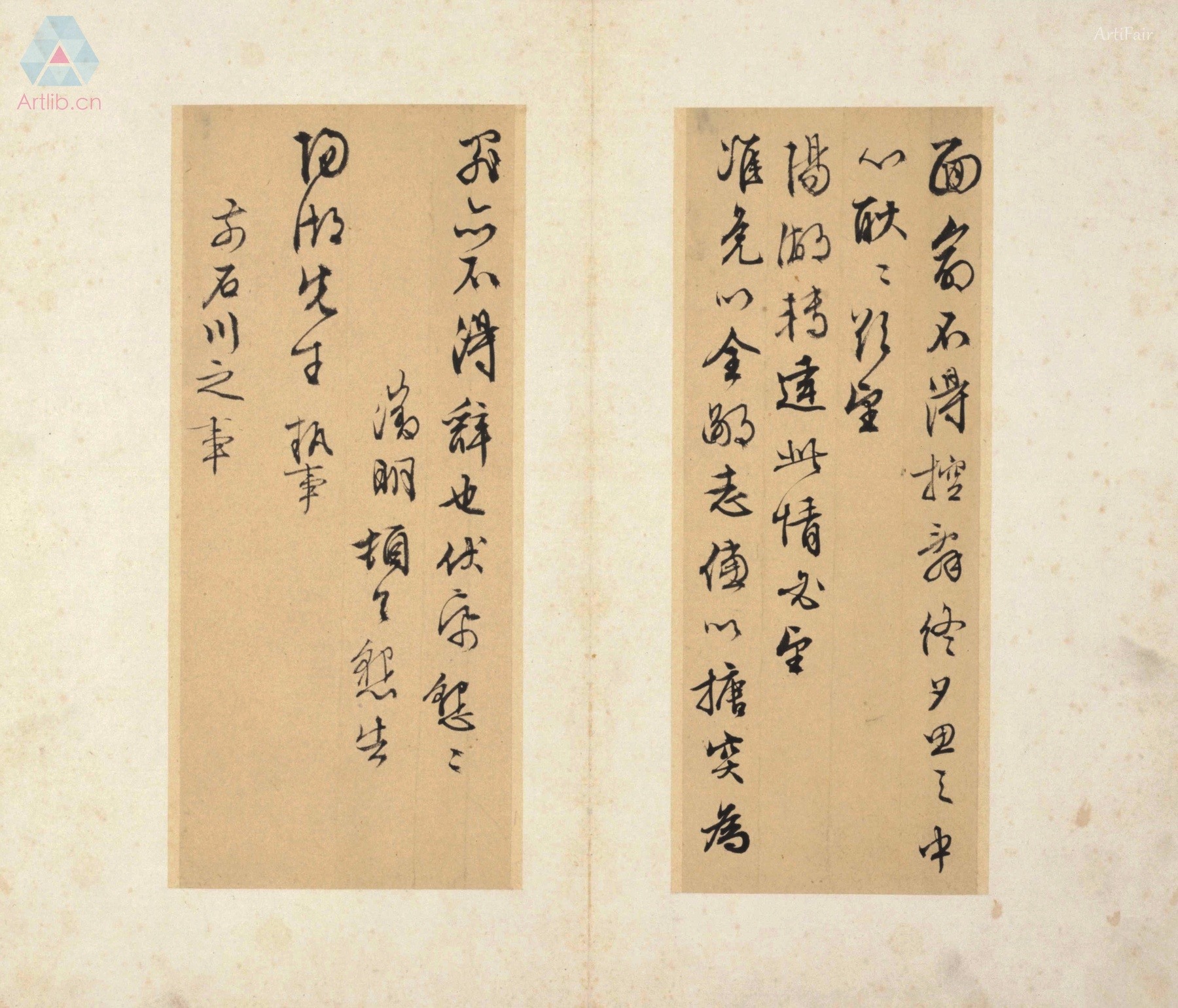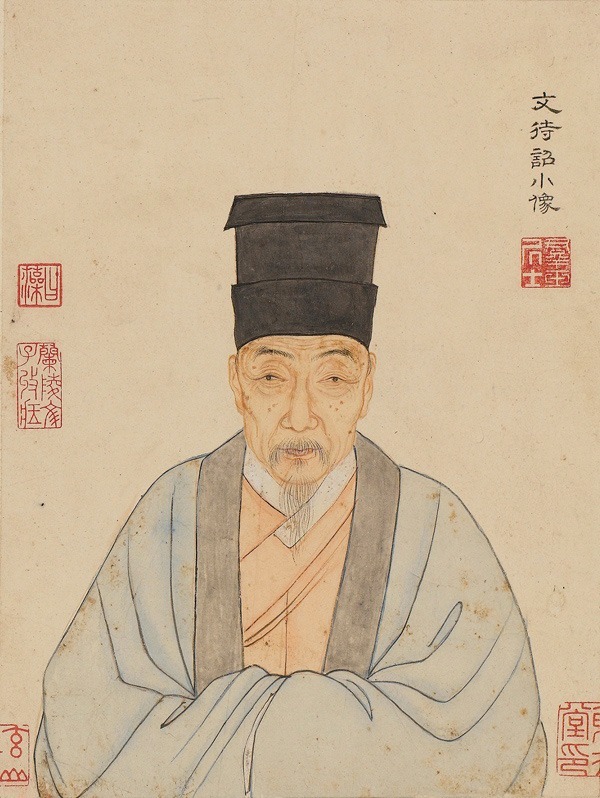

Wen Zhengming
CN
24
Artworks
1470 - 1559
Lifespan
Artist Biography
Wen Zhengming (1470–1559), born Wen Bi, stands as one of the most seminal figures in the history of Chinese art, a polymath who excelled as a painter, calligrapher, poet, and scholar during the Ming dynasty. Alongside his teacher Shen Zhou, and contemporaries Tang Yin and Qiu Ying, he is celebrated as one of the “Four Masters of the Ming Dynasty.” As the long-lived and undisputed leader of the Wu School of painting based in Suzhou, Wen Zhengming’s influence defined the trajectory of literati art for over half a century, championing scholarly refinement and personal integrity over courtly ambition.
Born into a distinguished scholar-official family in the cultural hub of Suzhou, Wen Zhengming received a rigorous Confucian education. Despite his intellectual gifts and immersion in a vibrant artistic community, he faced persistent setbacks in his official aspirations, failing the civil service examination an astonishing nine times. This perceived failure, however, proved to be a pivotal turn. In 1523, at the age of 53, he was finally appointed to a prestigious position at the Hanlin Academy in Beijing. Yet, the political intrigues and constraints of court life deeply disillusioned him. After just three years, he resigned and returned to his hometown, decisively trading a life of bureaucracy for one of artistic devotion.
Upon his return to Suzhou, Wen Zhengming dedicated himself wholly to the arts. In calligraphy, he was revered as a master of all major scripts. He was particularly lauded for his small regular script (xiaokai), which was renowned for its precision, elegance, and orderly structure. Legend holds that even at the age of ninety, he could still execute tiny characters with the clarity of a “gnat’s head.” His diligent practice, which he described as a daily ritual, was rooted in a deep study of past masters like the legendary Wang Xizhi and the Song dynasty innovator Huang Tingjian, yet he synthesized these influences into a style that was unmistakably his own—at once vigorous and graceful.
As a painter, Wen Zhengming initially studied under the Wu School's founder, Shen Zhou, but he soon forged his own path. Drawing upon his family’s extensive art collection and his wide social network, he absorbed the styles of Yuan dynasty masters such as Zhao Mengfu, Wang Meng, and Ni Zan. His painterly oeuvre is marked by its stylistic versatility, ranging from finely detailed and meticulously colored works (gongbi) to more expressive and freely executed ink wash paintings (xieyi). His landscapes often depict the serene gardens and mountains of the Suzhou region, including the famous Humble Administrator's Garden, which he helped design. These paintings are imbued with a sense of scholarly solitude and intellectual strength, reflecting his reclusive ideals.
Wen Zhengming’s art is the quintessence of the wenren (literati) tradition. He believed that painting and calligraphy were not mere crafts but extensions of one's character and learning. His works often feature his own poetry, seamlessly integrating the “Three Perfections” of painting, calligraphy, and poetry into a unified whole. His subjects, whether a gnarled cypress tree symbolizing perseverance or a secluded scholar playing a zither, were vehicles for expressing Confucian and Daoist ideals of integrity, harmony with nature, and personal cultivation.
Outliving his contemporaries, Wen Zhengming presided over the Suzhou artistic world for nearly forty years after the death of his master Shen Zhou. His long, prolific career, combined with his unwavering moral principles and dedication to teaching, cemented his legacy. He attracted a multitude of students, including his sons Wen Peng and Wen Jia, who carried the Wu School’s principles into subsequent generations. His profound impact on Chinese aesthetics established a standard for the scholar-artist that would resonate for centuries, making him not just a master of the Ming, but a towering figure in global art history.